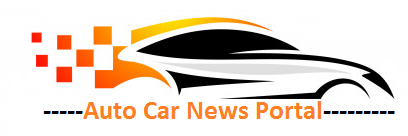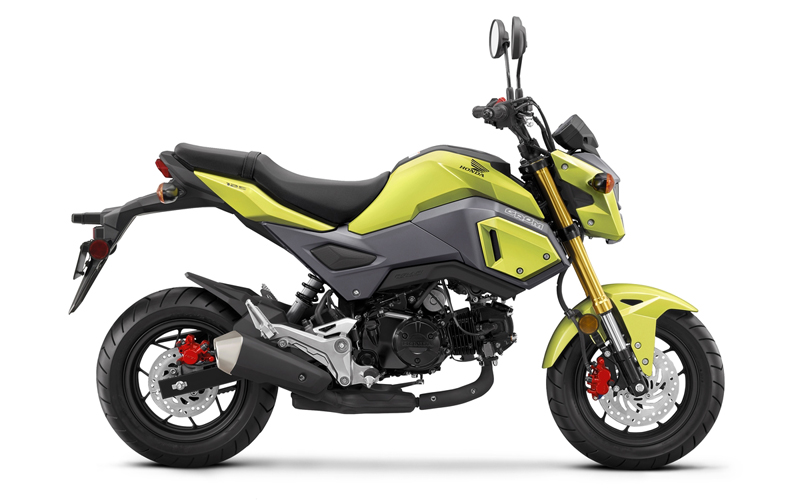Questions to ask yourself when choosing the best used motorcycle
Above all, you must know your needs before launching a search. You need to figure out how you will use your motorcycle to find a used item that will meet your expectations. Here’s a list of questions to get you started:
Is it for walks (solo or duo) or to get to work?
If this is your very first motorcycle, take the time to learn about each brand . You need to know the recurring faults of each manufacturer, its strengths, its uses, etc. Also compare the amounts requested for motorcycle models and equivalent mileage.
When to buy a used motorcycle?
Let’s start by debating some common beliefs: there aren’t really any right answers to the question “when to buy a used motorcycle”. The tendency is to think that in the fall and winter, we will have the best opportunities. Because demand is low, prices can be lowered more easily. This may be true for new motorcycles in dealerships, since the end of the year rhymes with renewal of stocks and sales bonuses.
In any case, when it comes to used motorcycles, you can find a good deal in the spring. On the other hand, it is certain that it will be necessary to be faster because there will be more requests. In winter you can also find great opportunities at good prices, but you may not have much choice. The key is to be patient , to know how to wait FOR THE motorcycle made for you.
Where to buy a used motorcycle?
Thanks to the Internet , you have easy access to thousands of ads for used motorcycles, from professionals or individuals . With a little common sense, we rule out questionable and “too good to be true” ads. No precipitation, as we said you have to be patient.
You can match these Internet searches by shopping around for dealerships around you. If you are unsure of the model, you can try different motorcycles . In addition, buying a used motorcycle from a dealer secures the aftermarket . It is more difficult to turn against an individual in the event of a problem encountered after the purchase.
Our kit to welcome your new motorcycle
Insurance support Ely’Tek Gray
WARMUP PRICE€ 22.50
ELY’TEK
Ely’Tek Gray Insurance Support
€ 25.00
LUB’STER BOX 80 WIPES + MICROFIBER
WARMUP PRICE€ 25.83
LUB’STER
Lub’ster Cleansing Wipes – Large Box
€ 28.70
Motorcycle Cover Ely’tek Select Gray
WARMUP PRICE€ 36.45
ELY’TEK
Motorcycle Cover Ely’tek Select Gray
€ 40.50
Oxford Cleaning And Polishing Gloves
WARMUP PRICE€ 8.46
OXFORD
Oxford Cleaning And Polishing Gloves
€ 9.40
Spray WD-40 Pro System 500ml 050020
WARMUP PRICE€ 9.36
WD 40
Spray WD-40 Pro System 500ml 050020
€ 10.40
U-Lock Bulltek SRA K10 85/250
WARMUP PRICE€ 56.61
BULLTEK
U-Lock Bulltek SRA K10 85/250
€ 62.90
What should you check before buying a used motorcycle?
Before going to see a motorcycle that interests you, study the ad carefully . Check that the advertised price corresponds to the rating of the motorcycle model and its vintage. Check with your insurance to find out what coverage on this model would cost you. What you can also do is find out about the faults and problems usually encountered with the model of the motorcycle, in this particular vintage. This will give you a better idea of what to expect, and what to check out when you visit the used motorcycle.
Whether you buy your second-hand motorcycle from a professional or a private individual, be accompanied during the visit. Ideally, by a friend who knows a bit about motorcycles! Even if your guide is not a biker, he will be able to give you confidence and share his feelings with you, precisely with an outside perspective.
To be sure that you are buying a used motorcycle that is still usable, there are some essential things to check before signing the check.
First look
First, the overall condition of the bike: take a good look at the outside appearance of the bike, go around it carefully, check if the two-wheeler is clean and if it works correctly.
To do this, check the frame of the motorcycle , for traces of rust, the dent on the tank, the condition of the engine mounts, the condition of the paint (beware of repainted motorcycles), scratches on the exhaust. etc.
Check the frame and engine numbers , which must correspond to those indicated on the registration document. And the TP-SI inscription on the muffler, to find out if it is approved.
Then, bend over each part of the motorcycle , the swingarm (check if there is any side play), the various cables (lever output cables, the gear lever, etc.), the entire electrical system, handlebars and steering, wheel alignment, lights, etc.
If it is shiny, this is a good point since it means that the seller is paying attention, but it can also want to hide flaws. Ask questions about the life of the motorcycle in the hands of the seller: what he lived with, the kind of trips he made, his maintenance, the problems encountered and the repairs carried out. Request invoices for interventions.
On the engine side , you must keep an eye on the traces of oil, the chain (its travel must remain free and without any hard point), the condition of the screws, etc.
Start the engine and listen to the hum. Make sure there is no suspicious noise or clicks. Also, observe the smoke that is released at the level of the muffler (the inside of the muffler must be light brown).
Look at the condition of the tires , which should show regular wear without reaching the regulatory 1mm. Turn the wheels to detect any warping, watch for marks on the rims. Brake discs and pads must not be worn.
It is also important to test drive the bike yourself in order to spot any hidden damage. So make sure you stay focused.
Motorcycle test
Test all accessories to verify their flexibility, hold and function. For example, the handlebars should not resist; the suspensions must come and go with flexibility, like the fork. The clutch handle and the gear selector too.
Then check the correct operation of the electrical circuit by testing the headlights, turn signals, horn, brake light, etc. Starting must also be rapid . Engine noise should be smooth and clear. Make sure the motorcycle is cool when you start and test it, otherwise it may distort your impressions. Ride several kilometers (around thirty ideally) in order to get a complete idea of the bike.
Plan between a quarter of an hour of visit (if the bike is not convincing) to an hour (if the bike interests you, take your time).
The papers to check and ask the seller
It is useful to check all the motorcycle papers to avoid any inconvenience or bad surprises. The gray card and the invoice for the purchase of the motorcycle must be within the standards.
Examine the overhaul dates and mileage of the two-wheeler. You should be wary of high mileage motorcycles as they are prone to faster wear.
Once the price is fixed, the seller and the buyer must sign a certificate of assignment (or sale). In addition, the seller must provide the buyer with:
a certificate of non-pledge
the technical sheet of the motorcycle
the tool kit
the duplicate keys
and the motorcycle maintenance book
Anticipate a scam
If the sale of a new motorcycle does not pose too many problems, the used one requires a certain distrust. Cases of scams are now very common , which is why we must be careful. We can come across a fake motorcycle sales site, offering exclusive rates, free delivery and other more than favorable conditions: except that the motorcycles are either stolen or non-existent. If you decide to buy on the Internet, take a good look at the legal notices .
To protect yourself from these scams, it is always best to buy from an individual you have met . Always favor a seller near you, it will be easy to find him in the event of a problem or a hidden defect.
Finally, never pay before you have the motorcycle. This is why it is essential to take a seller near you to whom you can give the money and leave immediately with your superb motorcycle!
Otherwise, the ultimate solution to guarding against a scam is to buy from a dealership . You are sure of its reliability and in the event of a dispute, you are protected by a sales contract. In any case, remember to check each point of the motorcycle and, for a first purchase, do not hesitate to be accompanied by a more experienced rider . A “veteran” will always be happy to give a hand to a beginner rider to teach him to choose the best possible bike and to teach him how to pamper it in the long term!

